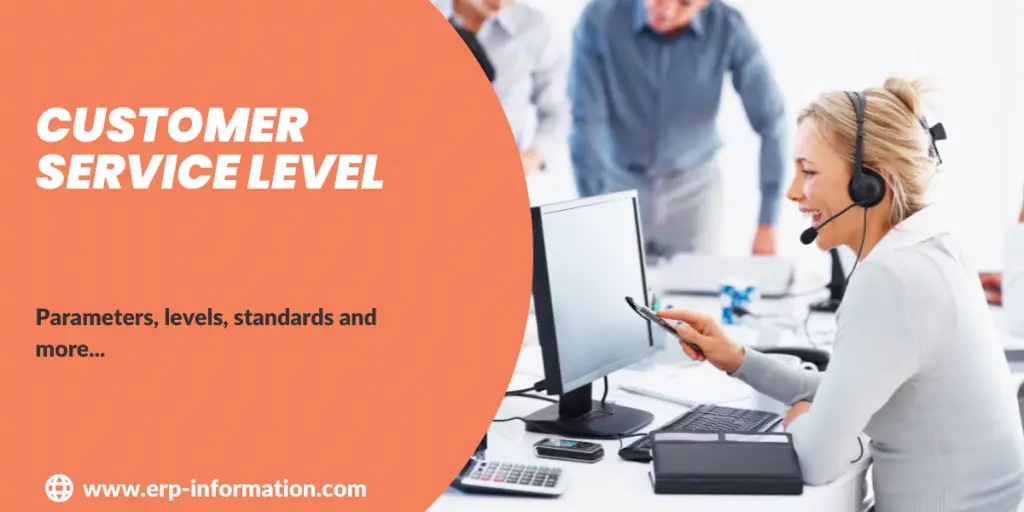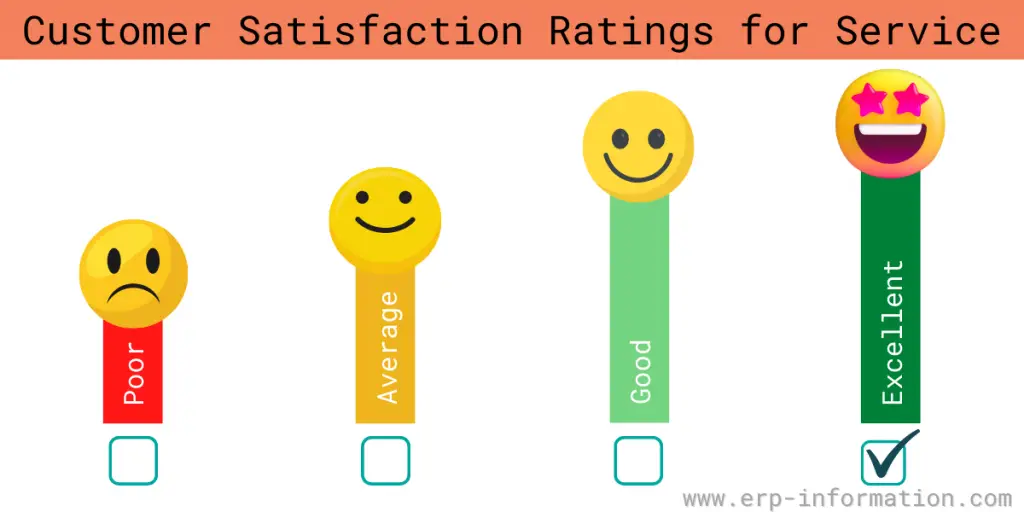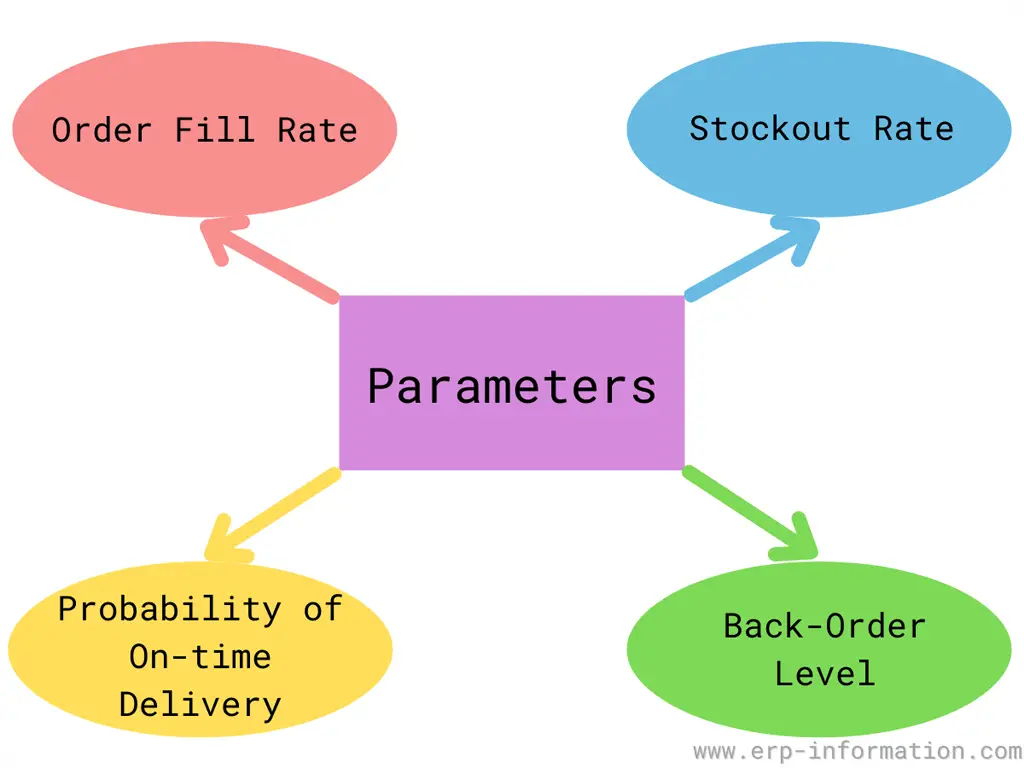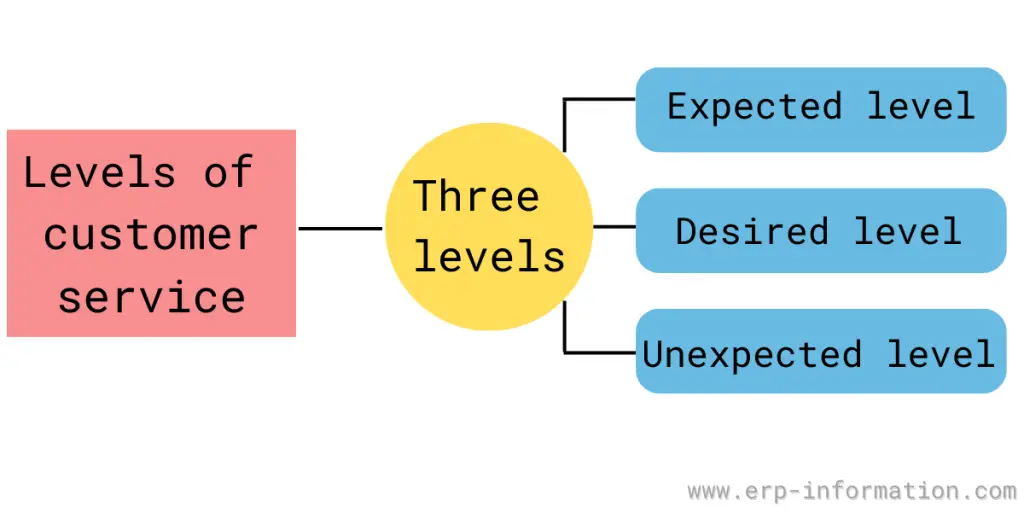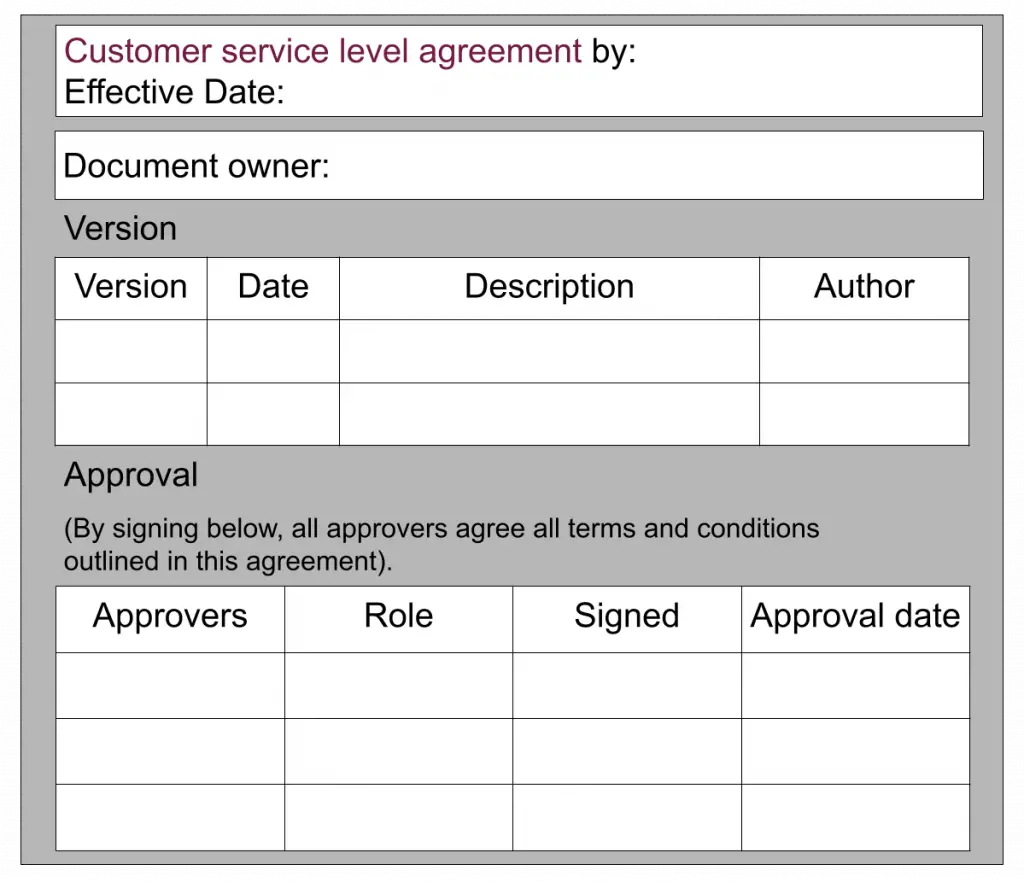Customers are essential to all businesses. Therefore, it is crucial to satisfy the customer by giving the best service to him.
This post tells all about customer service, customer service standards, and parameters to be maintained. Read on to find out.
What is the customer service level?
Customer service level is the percentage of occasions the order is delivered as promised.
It is a set of rules and strategies to evaluate a system’s performance. So, for example, we can determine the customer satisfaction it deals with and how much more of an effort it needs to make.
The more customers a company satisfies or deals with successfully, the more it raises the ladder. The ladder here is market recognition and value. The relationship between the customer and the firm is significant.
If people don’t buy the company’s idea, it will never reach the top. Customers must believe in them and have faith in the finished and marketed products.
That is where the importance of customer service standards plays its part.
What are customer service standards?
Customer service standards are the guidelines businesses use to ensure that their customers are satisfied. These standards can cover everything from how employees greet customers to the steps taken to resolve complaints. By having clear and concise standards for customer service, businesses can ensure that their customers always have a positive experience.
Good customer service is critical in today’s competitive marketplace. By ensuring that your business consistently meets or exceeds customer expectations, you’ll be well on your way to success.
It depends on how efficiently the customer demands are met before stock out of the on-hand inventory and how soon it is re-established.
Example of customer service level
Firms can get recognition from their customers by meeting specific performance standards. For example, a call center must talk to several clients every month.
And supply firms need to send all the orders they get to the customers who asked for them. That way, those customers will not be disappointed and might even order from the company again soon.
Another example could be that if there’s a problem with a purchase, it’s important to offer a refund or exchange on time. By providing excellent customer service, businesses can create lifelong customers who will continue to support them through thick and thin.
Parameters of customer service levels
Order fill rate
It measures orders from the company stock at any given point. That does not deal with manufacturing and generation of products and entirely depends upon the inventory on hand.
Stockout rate
A company does lose out on a substantial number of orders during a stockout. These are never regained back. The better designed a company’s service level optimization is, the less it faces stockouts.
Back-order level
It is the measure of orders waiting to be filled. A company does best when it has a minimum number of back-order levels to be cleared.
Probability of on-time delivery
This is an important parameter and is directly proportional to a company’s service level. Developing a good and promising image among competitors takes a long way.
A good customer service plan is like the radar and must be drawn out well ahead of the business.
Customer service level drop is a strategy businesses employ to ensure that they provide the optimum level of customer service. By setting a minimum target for the number of calls that must be answered within a specific time frame, businesses can guarantee that their customers will receive a certain level of service.
However, if the number of calls drops below this target, the business will suffer a drop in customer satisfaction levels.
As such, it is crucial to set the bar for customer service level drop at an appropriate level. Too low a bar would compromise the ambitions of a company, while too high a bar will ruin the game and cause a service level drop.
By finding the right balance, businesses can ensure that their customers are happy and that they are meeting their standards.
The employees working in the chain must be appropriately trained and prepared to follow the guidelines, come whatever may!
Five customer service standards that must be maintained
- Patience must be one of the first things to be mastered while speaking to the customer.
- Use appropriate language and reveal a polite and humble manner.
- Having a clear idea of what the buyer is looking for.
- Having the ability to ‘read’ the customer and suggest options accordingly.
- Lastly, the customer must not feel intimidated by the salesperson. All these points are targets to be fulfilled. But the customer service level is not a goal; instead, it is the outcome of a properly designed and efficient system.
In the case of business-to-business (B2B) transactions, the customer service level influences supplier evaluation. Hence quality needs to be maintained in every transaction for better future business prospects.
What is a key performance indicator(KPI)?
Key performance indicators (KPIs) are an invaluable tool that businesses use to measure the effectiveness of their operations. A well-crafted KPI can help companies identify weak points and prioritize action plans for improvement to create better experiences with their clients.
Levels of customer service
What are the three levels of customer service?
The levels of customer service are expected, desired, and unexpected.
Expected level: The vendor provides customer service at the minimum quality level.
Desired level: It means the vendor provides service as per the customer’s wishes, and he reaches the desired level most of the time.
Unexpected level: It means the vendor provides service beyond the customer’s expectation in a good way.
Three levels of customer service level
Expected level
The expected service level is the best way to describe the customer service level in a supply chain. This means businesses only do the bare minimum to satisfy their customers. They are not putting in any extra effort. How long can a company survive if they only do the bare minimum?
Desired level
The desired level of customer service provides an excellent and consistent experience for customers.
- This goes beyond simply meeting customer needs; it also involves developing customer relationships and providing exceptional service.
- They respond promptly to inquiries, resolve problems quickly, and deliver on commitments on time.
- Customer service should be tailored to meet each customer’s individual needs and strive to exceed their expectations.
- Consultants employ empathetic language, which makes customers feel free and have good relations.
- Customer service to make customers so satisfied they feel compelled to spread the word and share their positive experience with friends and family alike.
Unexpected level
Companies can stand out from the competition and seize a leadership role in customer service by committing to three key strategies:
- Training their staff
- Creating corporate culture standards and
- Centering operations on customers
All these efforts create an exceptional experience that puts even giant industry players at risk of being outperformed! The ultimate goal is making each consumer feel unique while maintaining communication with your team and consistent high-level performance – only then will you reach the pinnacle of customer satisfaction success.
A business’s level of customer service is used as a standard to compare other companies. For example, businesses such as world-class hotels and restaurants, premium airlines, and other luxury services have high levels of customer service.
How do you measure customer service level?
You have to measure the customer service level in terms of customer satisfaction and their reviews of your products or services.
Customers are vital to all kinds of business. Generally, 80 to 90 percent of customers purchase your products or services after looking at your reviews.
Positive reviews help improve your business, and negative reviews badly affect your business.
We use the Key Performance Indicator (KPI) to measure performance. For example, the Net Promoter Score (NPS) is a good and standard KPI to determine customer satisfaction.
NPS helps to classify your customers into three categories.
Promoters: This customer category helps promote or develop your business by giving good reviews about products or services. Promoters are invaluable allies for your business, offering dynamic support in growing and developing it. They can be relied on to provide glowing reviews of the products or services you offer – acting as a powerful boost that will help propel your company forward.
Passives: Passives make up a subset of customers who are less likely to provide constructive feedback. They neither express approval nor disapproval, making them elusive and mysterious when gauging the success of products or services.
Detractors: This customer category may negatively review your products or services. Customers with negative views of your product or service can be a challenge and an opportunity to understand their needs and make improvements.
So this helps you find out where you are and how your performance is in the eyes of your customer, and as per the feedback, you can find out the areas that need improvement. Hence enhance your performance.
Customer service levels and costs
It isn’t easy to balance costs and customer satisfaction. However, keeping a proper and sufficient inventory to improve customer service levels would be best.
Unfortunately, holding expensive excess inventory means extra costs to the organization.
Hence, it is a big challenge for the manufacturer to balance customer service levels and costs.
How do we achieve high service levels and low operational costs?
The manufacturer will have two options. Either he has to add inventory to increase service level or minimize the inventory to cut extra holding costs.
He can balance both with the help of modern technology and the best practices.
For example, advanced software helps optimize the supply chain management system to have sufficient inventory and make decisions to reduce operational costs.
How does inventory management help to improve customer service levels?
You know that order fulfillment is an essential parameter in customer service. When you fulfill the customer order successfully, they will return it to you.
Below are some inventory management processes that help improve customer service levels.
Efficient supply chain
An efficient supply chain helps avoid stockouts, slow deliveries, and incomplete orders. You can achieve this by automating the supply chain management process.
Perfect forecast and procurement
Forecast the product demand perfectly and have stock of those products so that you can deliver the product to customers whenever you want. If you fail to predict the product demand correctly, there will be a chance of product stockouts.
ABC analysis
You know, ABC analysis is an inventory classification method. With its help, you can segregate the products in your warehouse to be aware of the fast-moving and most valuable products. Then you take the necessary action to stock those products.
What is a customer service level agreement?
A customer service level agreement (SLA) is a mutually agreed-upon contract between a customer and a vendor that establishes expectations for the level of service the customer will receive. An SLA typically outlines the minimum acceptable service levels the customer can expect and any penalties the vendor may incur if they fail to meet those levels.
From the customer’s perspective, an SLA gives them a guarantee of minimum acceptable service levels. From the vendor’s perspective, an SLA clarifies the customer’s expectations and helps ensure that both parties work towards the same goal.
An SLA is essential for ensuring that both customers and vendors are satisfied with the service level.
Usually, a customer service level agreement occurs between companies and their vendors. But sometimes it happens between the two departments of the same company.
Customer service level agreement template
What is the importance of a customer service level agreement?
- It is a type of vendor contract. It clearly defines metrics, including expectations and responsibilities.
- It prevents ignorance from both parties in the situation of issues regarding service.
- It protects both vendor and customer.
What does it contain?
- It contains the description of the service
- Expected service level
- Responsibilities of both vendor and customer
- Type of penalty for contravention
- Contract for adding and removing metrics
Conclusion
The customer service level will vary depending on the type of company and the product or service offered.
A company should always strive to stay below its customer-service level to provide quality, timely service to all customers.
